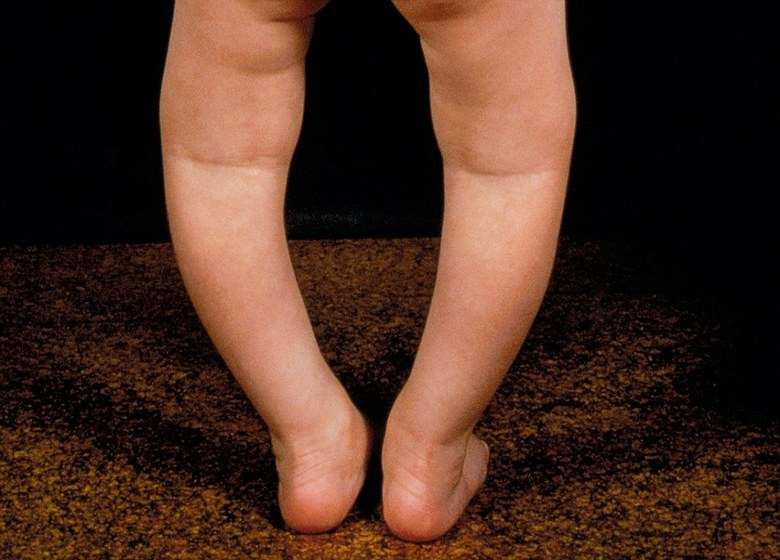Ricket in children is a preventable bone disease caused by vitamin D and calcium deficiency. It only happens in children in their growing years and leads to weaker softer bones folding into irregular shapes or fractures. Babies as young as three months of age will undergo rickets and reach adolescence. Rickets can be effectively treated with early treatment requiring adequate vitamin D and calcium supplementation. Rickets that is left untreated, can lead to permanent physical disabilities.
What is Rickets?
Rickets is a disorder with a deficiency that causes children to weaken and deform bones. It is caused by the chronic lack of vitamin D that is required for the body to absorb calcium. Lower calcium levels, either due to poor absorption or lack of adequate dietary amounts, make the bones soft and weak. The bones are slightly bent and make the children look deformed in the legs Rickets are normal worldwide in children aged between three and 18 months. Rickets in children under the age of one year is often caused by a lack of vitamin D.
Causes Of Ricket In Children
Children will inherit rickets from their families. It often has to do with what your child is eating. It’s called nutritional rickets. If your child does not have enough vitamin D and calcium to build strong bones, it may occur. In order to produce vitamin D, the body needs sunlight. Your child may get rickets if your baby has dark skin and doesn’t spend much time in the sun.
If your child is born early or is at risk of getting rickets, he or she is at greater risk for certain diseases like kidney and intestinal disease.
Symptoms Of Ricket In Children
The symptoms of rickets include:
- Pain in the arms, legs, spine and pelvic bones
- Short stature and slow growth
- Muscle cramps
- Weak bones that easily break
- High cavity numbers
- Delayed formation of teeth
- Bowlegs; legs that look like an arch curved
- Oddly curved spine
- Deformities in the pelvis
- Bumps in the ribcage
Diagnosis Of Ricket In Children
A complete physical examination together with a review of health and dietary history identifies rickets. The doctor will gently press on the bones in the physical examination to induce tenderness and discomfort. Apparent signs of deformation are also noticed in the limbs and skull If the infant has no severe symptoms, including tetany or seizures, X-rays are obtained from long bones and ribs. Laboratory tests were performed for vitamin D, alkaline phosphate, electrolytes, and parathyroid hormone to verify their levels. If there is a connection in the skeleton between those and X-rays that show apparent deformities, rickets is confirmed.
Complications:
Rickets may lead to physical malformations and serious consequences such as non-growth, abnormally shaped spine, limb deformities, and dental defects if left untreated. Poor tooth enamel and malformed teeth cause a delay in teething. For infants, it can contribute to the delay in closing the anterior fontanelle, the soft spot at the top of the skull of the child. Children can experience seizures in extreme rickets with very low blood calcium levels. It is a medical emergency and should be urgently treated.
Treatment Of Rickets In Children
Treatment depends on the type of rickets that your child has. The doctor will figure out why there are rickets in your child and will treat the cause. Vitamin D and calcium are used to treat nutritional rickets. If your child has rickets inherited or has a disease that causes the problem, a doctor who specializes in rickets may need support.
Prevention
Many preventive measures may be taken to ensure that your child does not have rickets. If the baby spends enough time outdoors playing in the sun and enjoys vitamin D and calcium-rich nutritional food, it keeps rickets at bay. A few minutes of sunlight a day, a few days a week, are beneficial in the growth of vitamin D. The minimum requirement for infants and adults is approximately 10 micrograms (mcg) of vitamin D per day. In order to ensure the baby has enough, pregnant and breastfeeding women must consider using the recommended 10 micrograms (mcg) vitamin D daily. In addition, children between 1 and 4 years of age must receive a 10mcg vitamin D supplement on a daily basis.
When To See Doctor?
If children show signs of rickets, although a lot of nutritious foods rich in calcium and vitamin D are offered, it is time to seek medical advice. Genetic disorders and other diseases may impair the absorption of vitamin D, calcium and phosphorus contributing to rickets. In these cases, a different method of treatment is needed.
Through proper nutrition and treatment, Rickets is an easily preventable illness. Through having enough sunlight every day and eating vitamin D-rich foods, it can be avoided.
Also Read: Pica In Children: Cause, Symptoms













